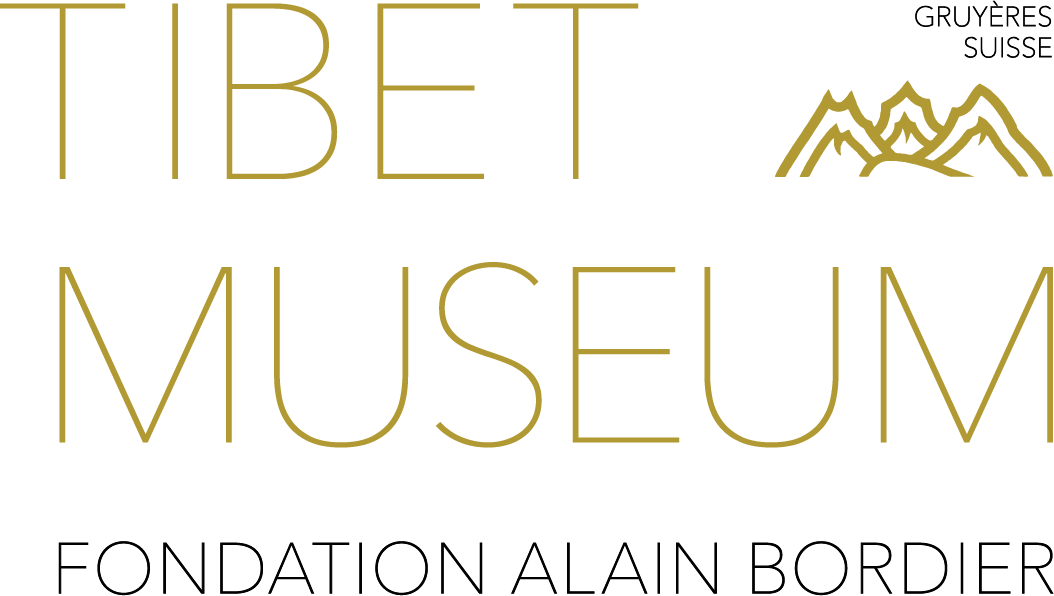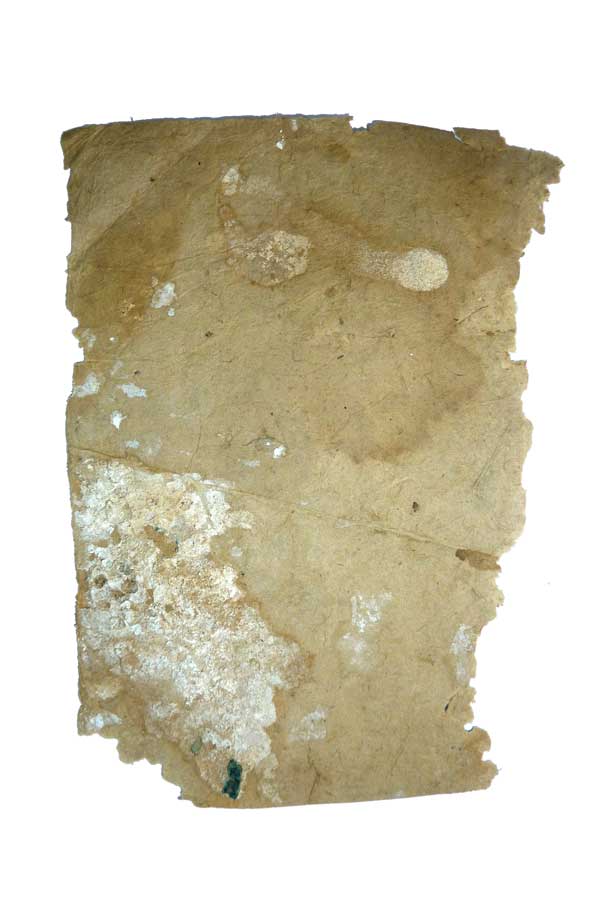
ABM 030
Code: ABM 030
Country: Tibet (west)
Style: Purang-Guge Kingdom
Date: 1000 - 1100
Dimensions in cm WxHxD: 11 x 15.3
Materials: Distemper on paper
Bon is a religious tradition of Indian origin introduced in Tibet prior to the Buddhist religion. A later and different form of Bon developed in Tibet that has a monastic form with many similarities to Buddhism.
This painting depicts the Bon deity named Khyung gi ru mtshon can (kyung gi ru tsön chen) identified by the pole in his right uplifted hand with the effigy of a horned khyung affixed. The khyung represents a mythical bird which is identical with the Indian garuda.
Béguin, Gilles, 2013. Art sacré du Tibet – Collection Alain Bordier, [catalogue of the exhibition held at the Fondation Pierre Bergé – Yves Saint Laurent; 14 mars au 21 juillet 2013]. Paris: Fondation Pierre Bergé – Yves Saint Laurent. Editions Findakli. P. 59
Bock, Etienne; Falcombello, Jean-Marc; Jenny Magali, 2022. Trésors du Tibet. Sur les pas de Milarépa.. Paris: Flammarion. p. 115
Bowker, John und Golzio, Karl-Heinz (Hrsg.), 2003. Das Oxford-Lexikon der Weltreligionen. . Frankfurt am Main: Fischer-Taschenbuch-Verlag. p. 153-154
Cornu, Philippe , 2001. Dictionnaire Encyclopédique du Bouddhisme. Seuil.
Snellgrove, David, 1967. The nine ways of B’on. . London: Oxford University Press.
Snellgrove, David and Richardson, Hugh Edward , 2003. A cultural history of Tibet. . Bangkok: Orchid Press.



